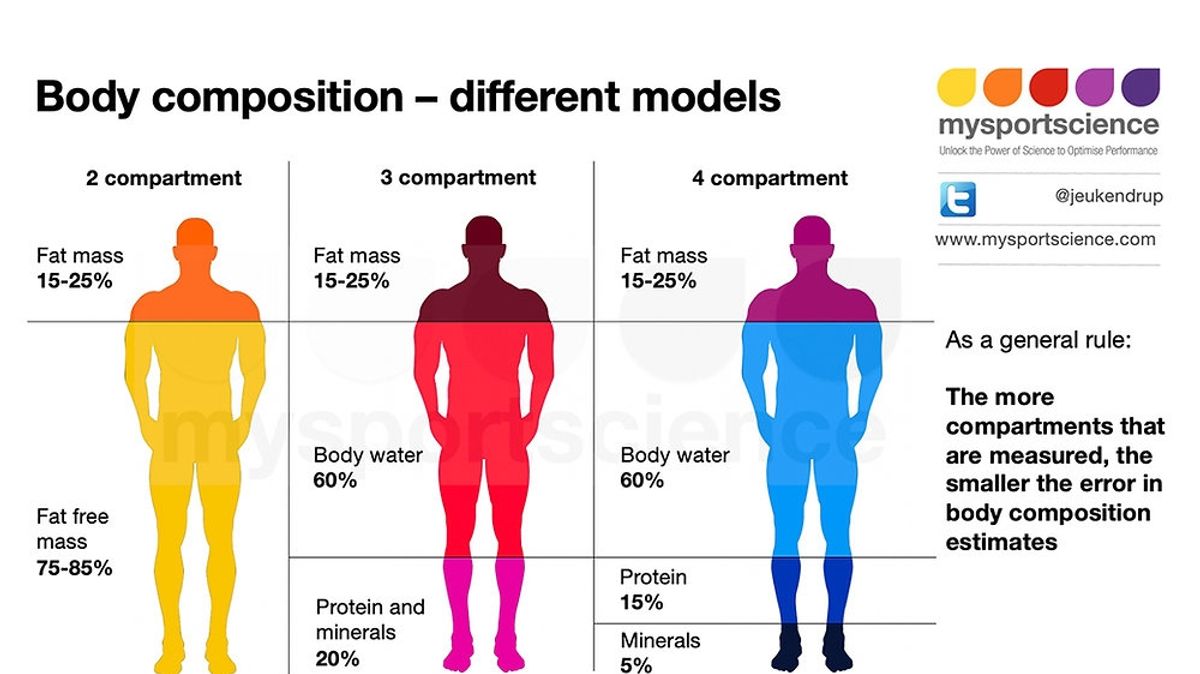
In the journey toward optimal health and fitness, one narrative persists with unyielding tenacity: the tale of the scale. Yet, beneath the surface lies a more intricate and telling story, one of muscle, fat, and the silent interplay that dictates not just how we look, but how we feel and function. Brett Warner, a seasoned physical therapist, sheds light on this nuanced narrative, emphasizing the pivotal role of body composition over mere weight. In a world obsessed with digits on a scale, Warner’s insights beckon us to delve deeper, beyond conventional measures, into the essence of health and vitality.
The Misconception: Muscle vs. Fat
Among fitness enthusiasts and novices alike, a common misconception looms large: the belief that muscle weighs more than fat. This notion, while rooted in a kernel of truth regarding density, often leads to misplaced emphasis on the scale’s readings. Muscle, denser and more compact, paints a picture of strength and efficiency, even as the numbers on the scale might suggest otherwise. Body composition, the ratio of fat to muscle, emerges as the true protagonist in this tale of fitness, offering a lens through which to view our efforts and achievements with greater clarity and understanding.
The Importance of Body Composition
Warner’s narrative is not a solitary one. Studies and expert opinions converge on the significance of body composition as a superior metric for health. Muscle tissue, beyond its aesthetic appeal, serves as the cornerstone of a robust metabolism and a bulwark against sarcopenia—the age-related decline in muscle mass and strength. Conversely, a high percentage of body fat is the harbinger of myriad health issues, from diabetes to heart disease. The quest for an optimal body composition, therefore, transcends vanity, touching the very essence of health and longevity. Yet, achieving this balance—losing fat while gaining or maintaining muscle—requires a nuanced approach, blending strength training with nutritional insights.
Measuring What Matters
The road to understanding and improving body composition is fraught with challenges, not least of which is the measurement conundrum. Traditional scales falter, offering a myopic view of progress. Even at-home body composition scans, like bioelectrical impedance analysis (BIA) and skin fold calipers, struggle with accuracy. Professional methods, such as Dual Energy X-ray Absorptiometry (DEXA), stand as beacons of precision, yet their accessibility remains limited. This dichotomy between the need for accurate measurements and their availability underscores the complexity of the journey toward optimal body composition. It’s a path that demands not just dedication but knowledge—of one’s body, the tools at our disposal, and the limitations of each.
The narrative of health and fitness is evolving, moving beyond the scale to embrace a more holistic view of well-being. As we navigate this journey, guided by experts like Warner, the true measure of success becomes clearer. It’s not just about how much we weigh, but about the composition of our weight, the balance of muscle and fat that defines our form, function, and future.
